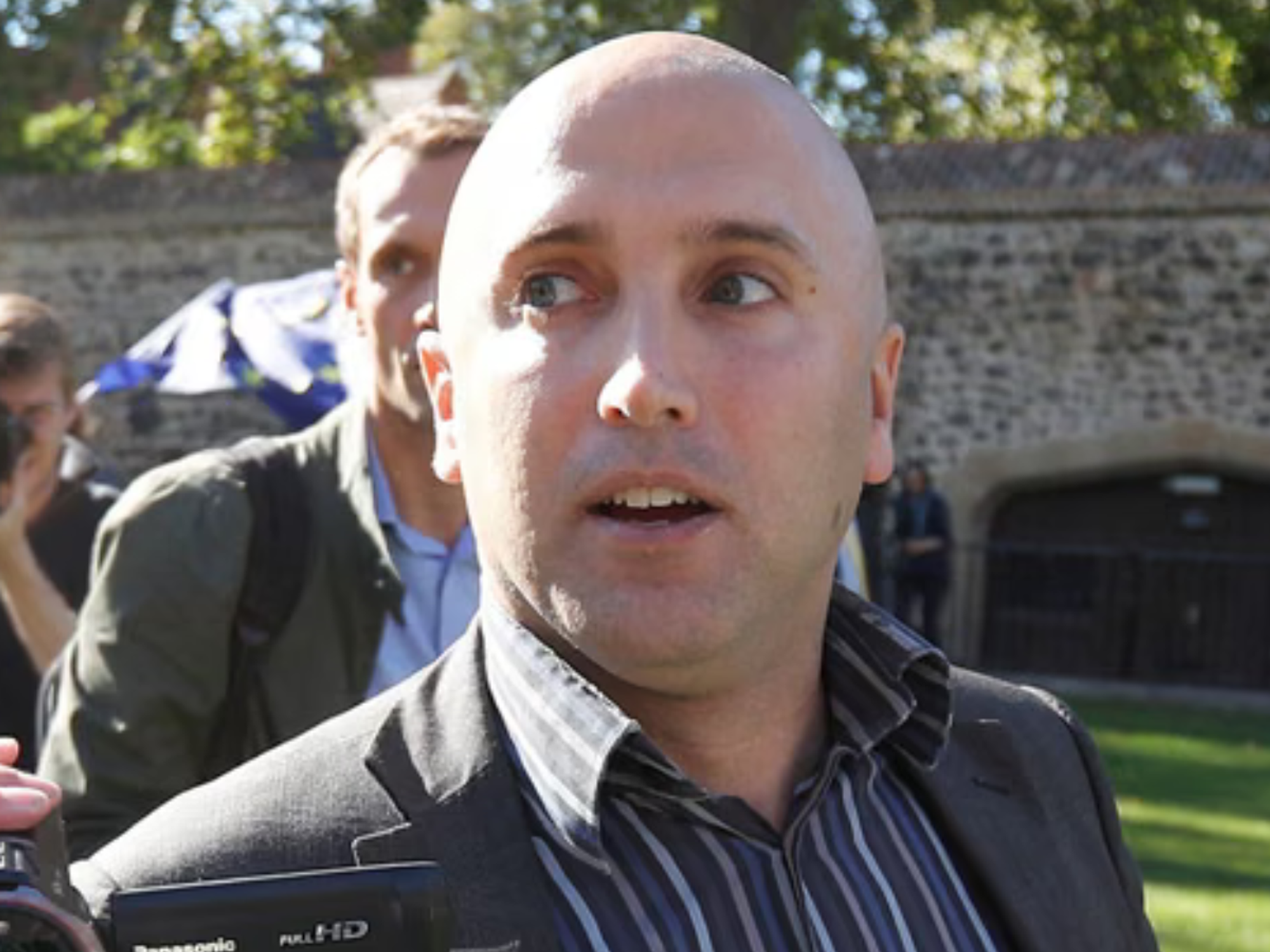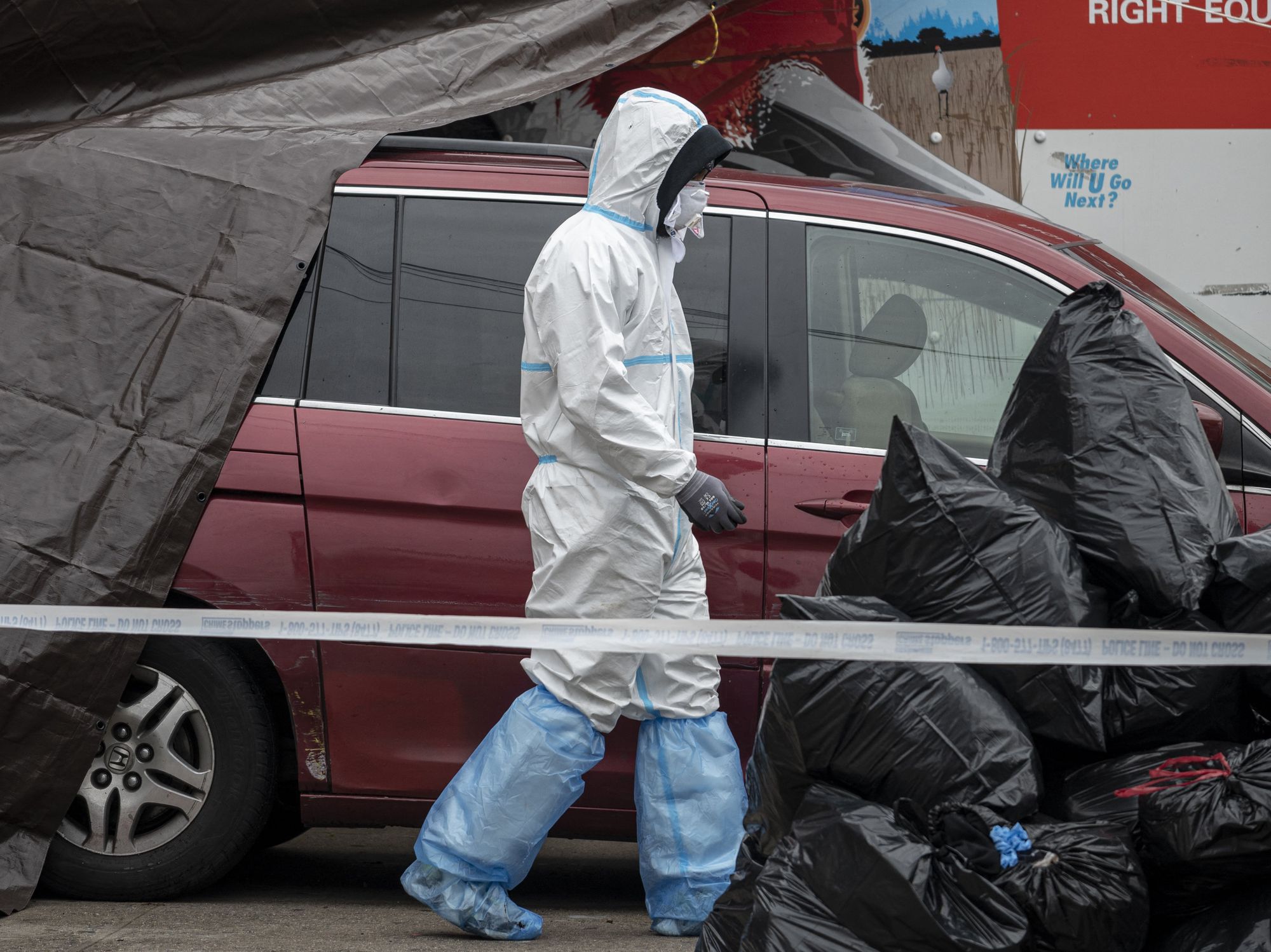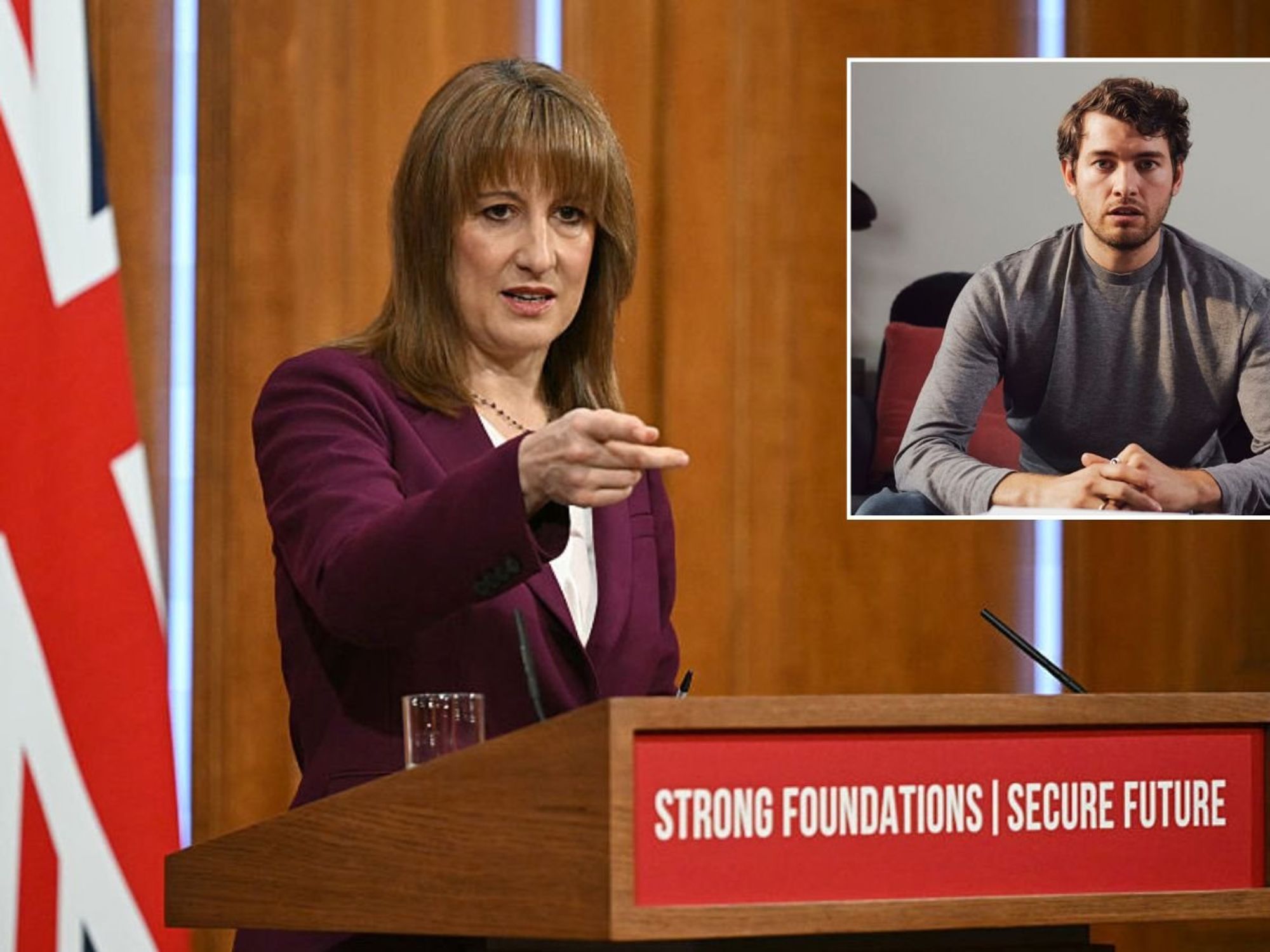PICTURED: Centuries-old church weighing 672 TONNES moved 5km in stunning relocation project
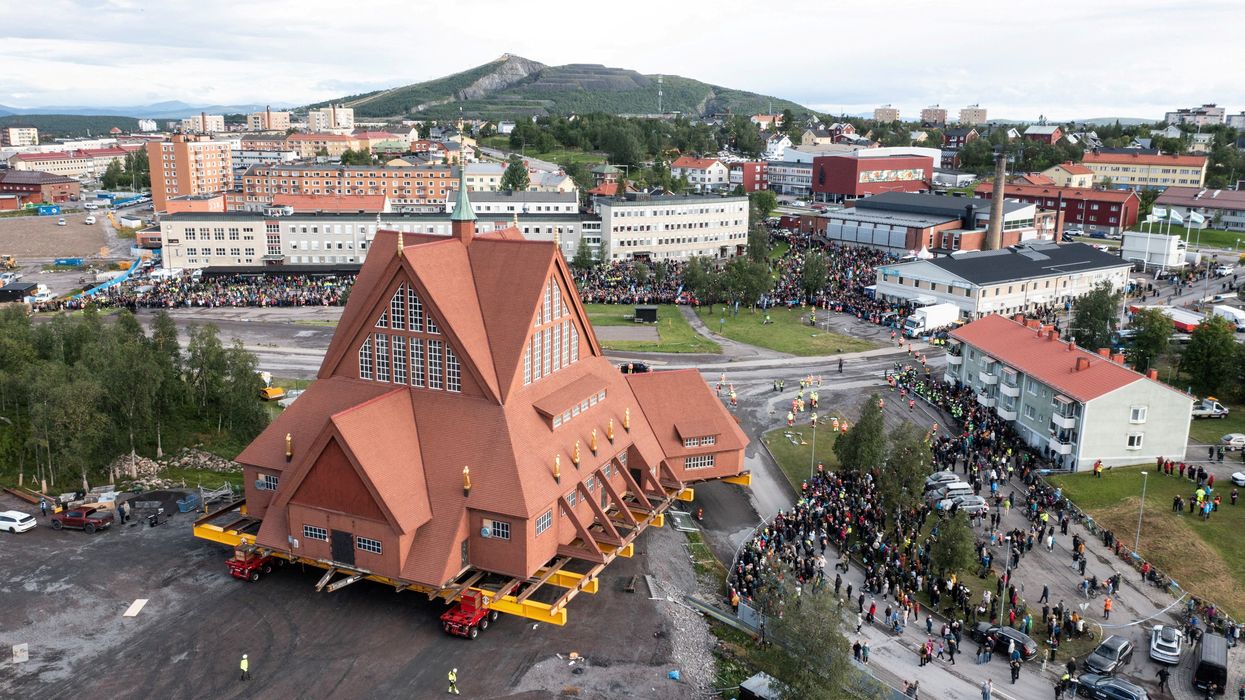
The wooden church has been moved on a specially designed trolley
|REUTERS

The historic church dates back 113 years
Don't Miss
Most Read
Trending on GB News
An historic church is moving three miles along a road in Sweden in a major relocation project to save it from ground subsidence.
Kiruna Church, located in the far north of the country, has been carefully travelling down an Arctic road in its entirety to its new home since Tuesday.
The 113-year-old church has moved at a speed of half a kilometre per hour during its relocation to protect its wooden walls from subsidence and the expansion of the world's largest underground iron ore mine.
**ARE YOU READING THIS ON OUR APP? DOWNLOAD NOW FOR THE BEST GB NEWS EXPERIENCE**
Workers have transported the building - which weighs 672 tonnes according to reports - with the help of a specially designed trolley fit with 224 wheels.
The mine operator, LKAB, has spent the past year widening the road in preparation for the church's travels, which is one of Sweden's largest wooden structures and is often voted its most beautiful.
The move forms part of a three decade-long project to relocate thousands of people and buildings from the Lapland city.
It will be transported to a brand new Kiruna city centre.
"The church is Kiruna's soul in some way, and in some way it's a safe place," Lena Tjarnberg, the vicar of Kiruna, said.
LATEST DEVELOPMENTS:
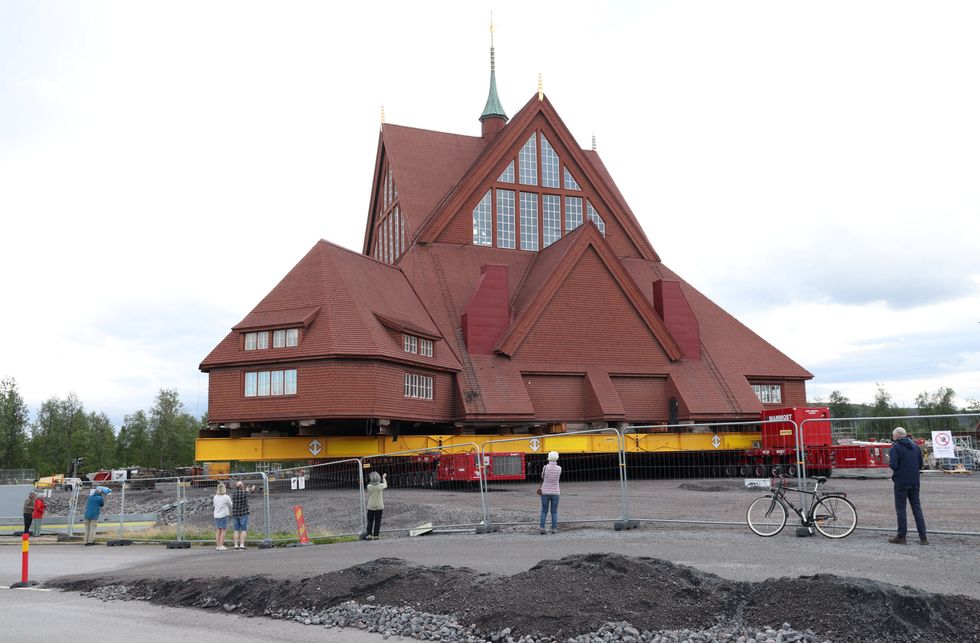
The wooden Church has moved to save it from subsidence
|REUTERS
"For me, it's like a day of joy. But I think people also feel sad because we have to leave this place."
For many of the region's indigenous Sami community - which has herded reindeer there for thousands of years - the feelings are less mixed, as the move serves a remind of much wider changes brought on by the expansion of mining.
"This area was grazing land and also a land where the calves of the reindeer were born," Lars-Marcus Kuhmunen, chair of the local Gabna Sami community said.
If plans for another nearby mine go ahead after the move, it would cut the path from the reindeer's summer and winter pastures which would make herding "impossible" in the future, he added.
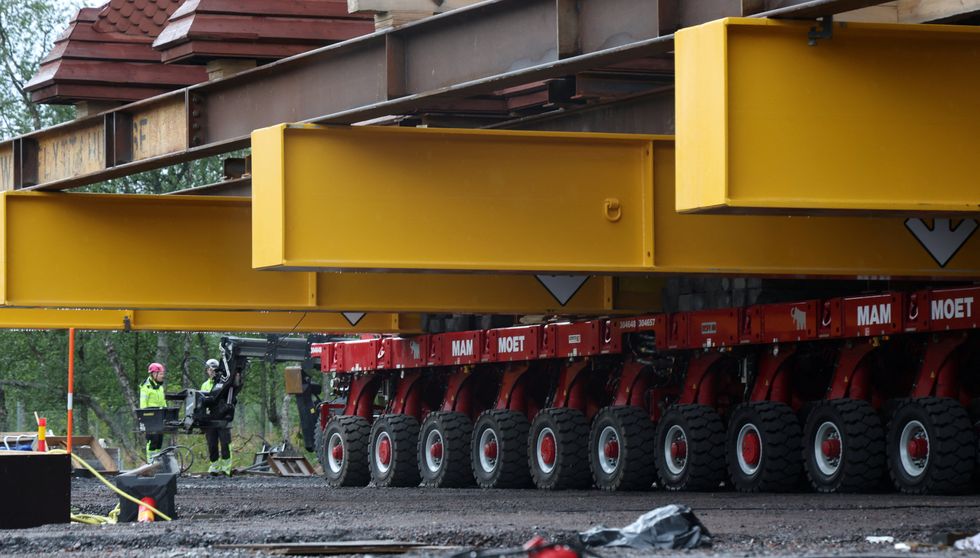
The church was moved thanks to a specially designed trolley fit with more than 220 wheels
|REUTERS
The church is just one small part of the 10-year relocation project, as LKAB says around 3,000 homes and 6,000 people need to move.
A number of public and commercial buildings are being torn down while some are being moved in one piece.
Other buildings are being dismantled and rebuilt around the new city centre.
The shift should allow LKAB, which produces 80 per cent of the iron ore mined in Europe, to continue to extend the operation of Kiruna for decades to come.
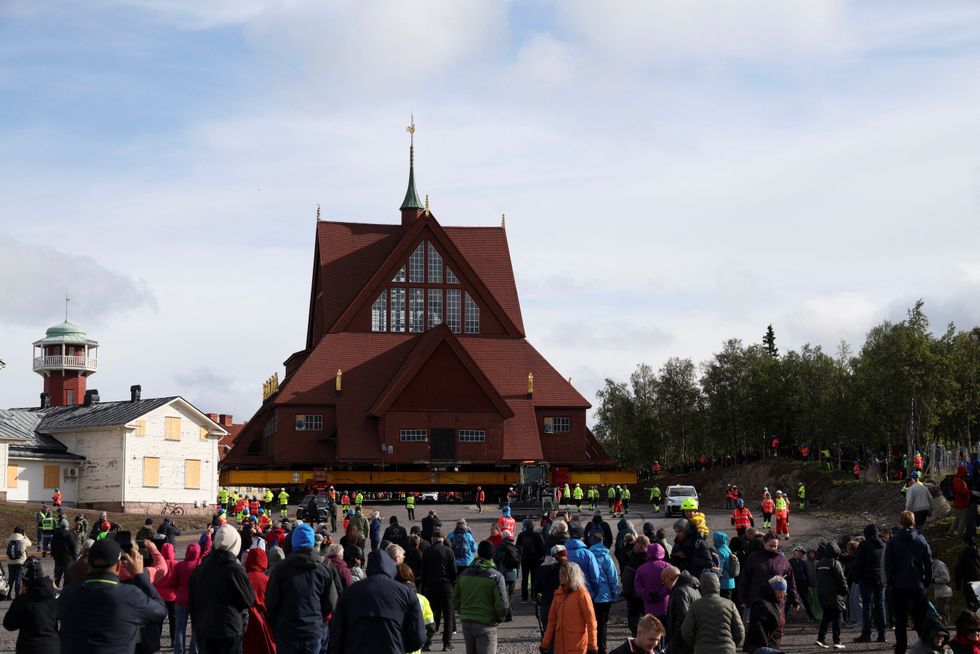
Crowds gathered as the 113-year-old church set out on the journey to its new home on Tuesday
|REUTERS
The state-owned firm has brought up around two billion tonnes of ore since the 1890s, mainly from the Kiruna mine.
Mineral resources are estimated at another six billion tonnes in Kiruna and nearby Svappavaara and Malmberget.
LKAB is now planning the new mine next to the existing Kiruna site.
As well as iron ore, the proposed Per Geijer mine contains significant deposits of rare earth elements, a group of 17 metals critical to products from lasers to iPhones and green technology key to meeting Europe's climate goals.
Europe - and much of the rest of the world - is currently almost completely dependent on China for the supply and processing of rare earths.
In March this year, the EU designated Per Geijer as a strategic project which could help speed up the process of getting the new mine into production.
More From GB News





